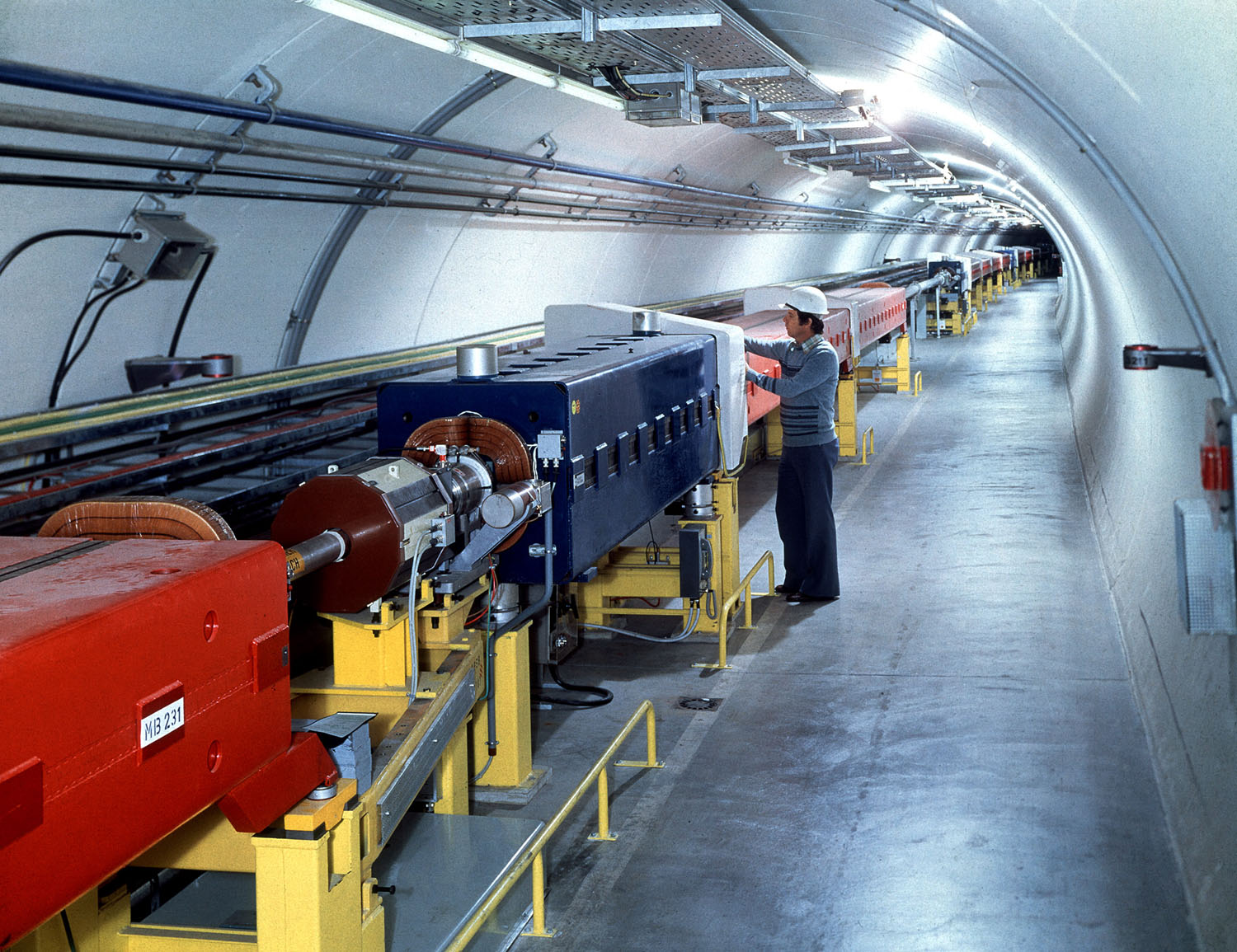Electromagnetic Design Software Optimises Particle Accelerator Magnets
The Opera electromagnetic simulation software from Cobham Technical Services is helping scientists at CERN to design the magnets needed for the forthcoming upgrade of the Large Hadron Collider

Both the two-dimensional (2d) and three-dimensional (3d) versions of Opera are being used to model a wide variety of the LHC injectors’ normal conducting (NC) electromagnets and permanent magnets, starting with the magnets of the new 160 MeV H- linear accelerator and including upgrades of the magnets used in the transfer lines and other accelerators on the way to the LHC.
Several tens of different magnet types and variants are presently being analysed using Opera-2d; these are then re-modelled in Opera-3d. By accurately simulating end effects, the Opera-3d tool facilitates design of more efficient magnets and allows local effects such as saturation and field harmonics due to non-planar symmetry to be taken into account early-on in the design process.
CERN’s Technology Department is also using Opera to design NC particle accelerator magnets for numerous other projects, including, for example, the ELENA (Extra Low Energy Antiproton) ring and the HIE-ISOLDE (HIgh Energy Isotope mass Separator On-Line) facility.
According to Daniel Schoerling, Project Engineer for NC magnets in CERN’s Technology Department, “With most of our magnet designs, we require very high prediction accuracy of the magnetic field quality in the good field region, typically of the order of 1/10,000 or better. Over the years we have gained confidence in Opera’s magnetostatic simulation performance for solid and laminated yoke magnets, supported by the effective correlation between simulation results and magnetic measurements obtained from manufactured units.
When we observe differences higher than a few parts in 10000 we can usually attribute them to factors such as mechanical error or uncertainty of the BH curve of the material used for the magnet’s manufacture. In fact, because of the accuracy of the software’s magnetic length and field quality predictions, with many of our magnet designs we no longer need to incorporate any means of performing post-production field quality correction."
The core finite element analysis technology behind Opera was developed originally to support the design of particle accelerator magnets, starting with a project in the 1970s by scientists at the UK’s Rutherford Appleton Laboratory. At that time, the software required a mainframe computer and was intended principally to help solve design problems with the move towards superconducting magnets for higher energy particle accelerators.
Today, the software addresses multiple types of physics – including electromagnetic, thermal and stress – and offers 2d and 3d design, simulation, analysis and optimisation facilities to anyone with access to a standard PC.
Used by universities, engineering companies and research organisations worldwide, it is also the design tool of choice of CERN’s Technology Department for all normal-conducting (NC) magnets.
CONTACT
Amanda Machado
Cobham Technical Services
amanda.machado@cobham.com
www.cobham.com
+44 (0) 1865 370151
Monday 15 September 2014 / file under Engineering | Technology


